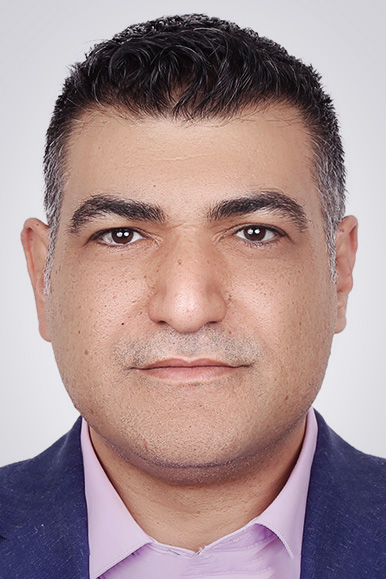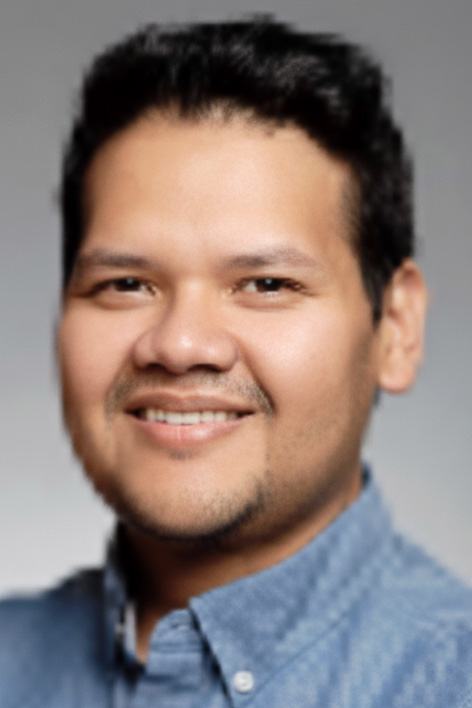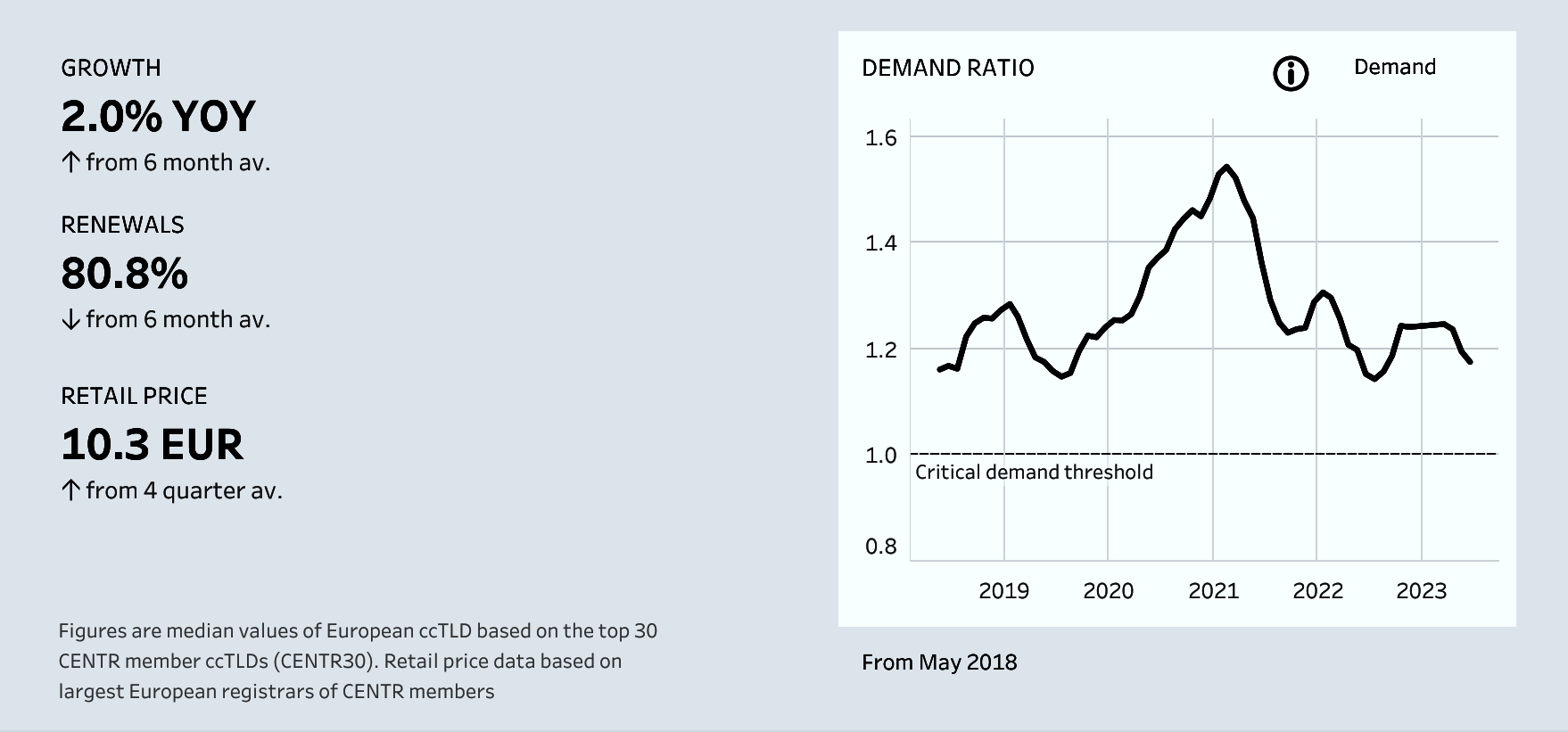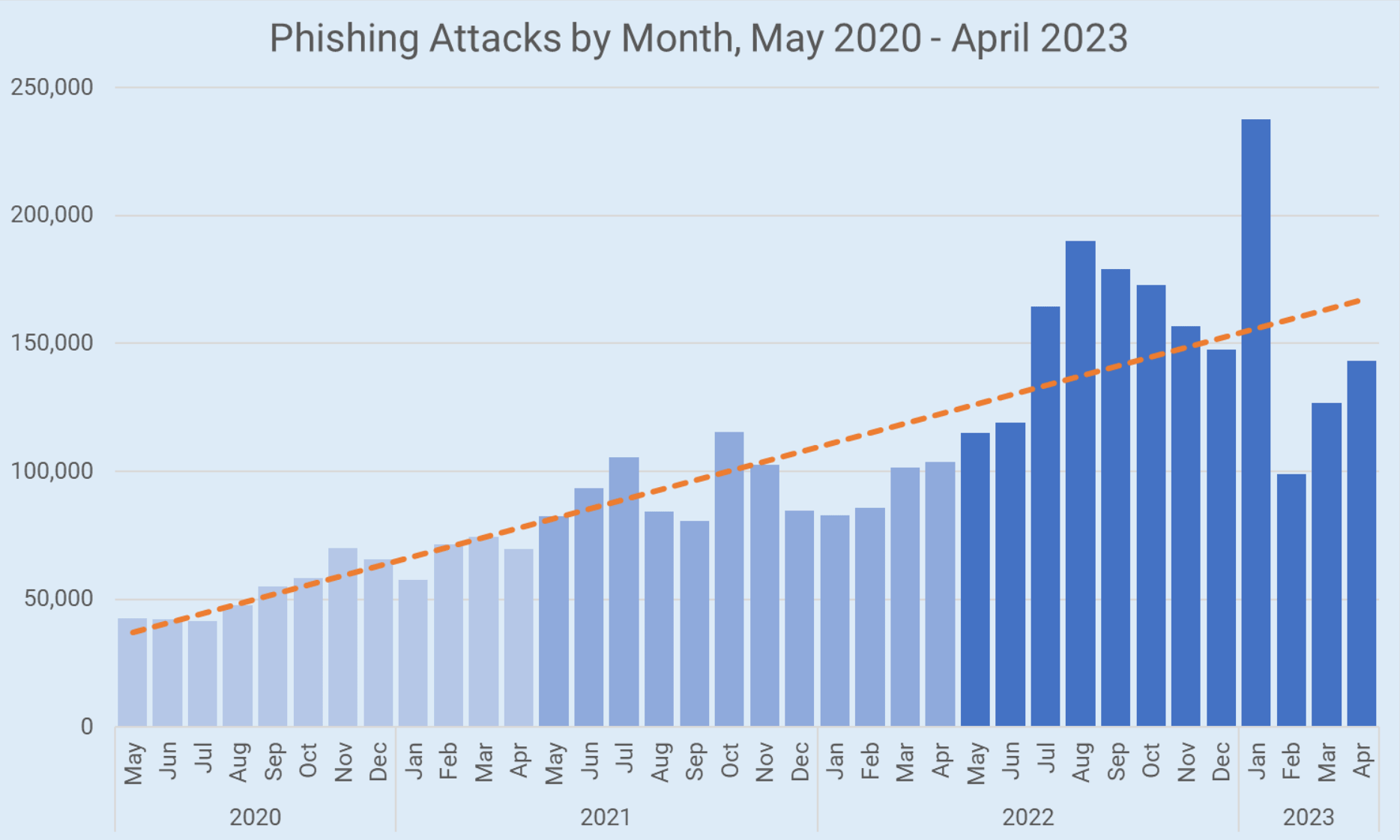

 The domain industry in 2025 saw rapid consolidation, rising regulatory pressure, and a strategic pivot toward AI, trust infrastructure, and tokenization, reshaping domains from static web addresses into dynamic assets for digital identity and commerce.
The domain industry in 2025 saw rapid consolidation, rising regulatory pressure, and a strategic pivot toward AI, trust infrastructure, and tokenization, reshaping domains from static web addresses into dynamic assets for digital identity and commerce.
 ICANN's role in Smart Africa's governance blueprint highlights a widening divide between legality and legitimacy. Funding and participation occurred without early community consultation, raising concerns about procedural integrity, RIR independence, and the precedent such interventions may set for global Internet governance.
ICANN's role in Smart Africa's governance blueprint highlights a widening divide between legality and legitimacy. Funding and participation occurred without early community consultation, raising concerns about procedural integrity, RIR independence, and the precedent such interventions may set for global Internet governance.
 DOTZON's 2025 study analyzes over 410 corporate dotBrands to reveal how companies strengthen digital identities through custom top-level domains. Audi retains first place, while newcomers like CRS and rising performers such as Schwarz demonstrate growing strategic use.
DOTZON's 2025 study analyzes over 410 corporate dotBrands to reveal how companies strengthen digital identities through custom top-level domains. Audi retains first place, while newcomers like CRS and rising performers such as Schwarz demonstrate growing strategic use.
 Despite offering robust protection for the Domain Name System, DNSSEC suffers from poor adoption due to its complexity, cost, and operational risks. Automation and algorithmic improvements now offer practical solutions for broader deployment.
Despite offering robust protection for the Domain Name System, DNSSEC suffers from poor adoption due to its complexity, cost, and operational risks. Automation and algorithmic improvements now offer practical solutions for broader deployment.
 A Supreme Court judge in Mauritius has been appointed to investigate AFRINIC, Africa's IP address registry, following allegations of misconduct, legal irregularities, and criminal falsification. The inquiry marks a pivotal moment in African internet governance, with implications for regional digital infrastructure and the continent's credibility in managing critical online resources.
A Supreme Court judge in Mauritius has been appointed to investigate AFRINIC, Africa's IP address registry, following allegations of misconduct, legal irregularities, and criminal falsification. The inquiry marks a pivotal moment in African internet governance, with implications for regional digital infrastructure and the continent's credibility in managing critical online resources.
 What might look like a routine procedural dispute over votes is, in fact, a glaring reminder that Regional Internet Registries (RIRs) are now geopolitical pressure points - and that ICANN's oversight of RIR governance must evolve to meet these risks. On 23 June 2025, AFRINIC, the RIR that serves Africa, attempted to hold long-delayed elections to restore stability after years of legal battles and board paralysis. Yet instead of restoring trust, the process imploded almost immediately.
What might look like a routine procedural dispute over votes is, in fact, a glaring reminder that Regional Internet Registries (RIRs) are now geopolitical pressure points - and that ICANN's oversight of RIR governance must evolve to meet these risks. On 23 June 2025, AFRINIC, the RIR that serves Africa, attempted to hold long-delayed elections to restore stability after years of legal battles and board paralysis. Yet instead of restoring trust, the process imploded almost immediately.
 The ICANN Board's recent resolution to suspend an accountability safeguard hardcoded in its bylaws may represent the final straw that breaks the community's trust in ICANN. Most community members, including its own Board Chair, acknowledge that its current policy development and implementation processes are not working efficiently. However, the Board's decision to suspend the mechanism that could address these inefficiencies only seeks to preserve the status quo and the economic interests of these dominant market participants.
The ICANN Board's recent resolution to suspend an accountability safeguard hardcoded in its bylaws may represent the final straw that breaks the community's trust in ICANN. Most community members, including its own Board Chair, acknowledge that its current policy development and implementation processes are not working efficiently. However, the Board's decision to suspend the mechanism that could address these inefficiencies only seeks to preserve the status quo and the economic interests of these dominant market participants.
Experts at a CircleID and Edgemoor Research Institute webinar debated the challenges of domain registration data access in a post-GDPR world. Panelists explored the tension between privacy laws and legitimate data requests, the role of automation in disclosure decisions, and the need for a scalable, trust-based framework to balance compliance, cybersecurity, and enforcement interests.
Amid evolving privacy laws and rising cybersecurity threats, domain registration data disclosure remains a contentious issue. Beyond WHOIS: Filling the Gaps brings together experts to examine Project Jake's policy framework, aiming to balance privacy with legitimate access. Join industry leaders for insights on policy clarity, operational efficiency, and the future of domain name governance.
 On January 17th in the closing days of the Biden Administration, NTIA issued the following Response for Information in connection with the .us ccTLD. While responses to the RFI will be held in confidence by NTIA per the RFI, some organizations such as M3AAWG made their response public. In the spirit of openness and transparency, Rick Lane and I are sharing our response on this important topic.
On January 17th in the closing days of the Biden Administration, NTIA issued the following Response for Information in connection with the .us ccTLD. While responses to the RFI will be held in confidence by NTIA per the RFI, some organizations such as M3AAWG made their response public. In the spirit of openness and transparency, Rick Lane and I are sharing our response on this important topic.
 The European country code top-level domain (ccTLD) market is at a crossroads, facing a confluence of challenges that could reshape its trajectory in the coming years. From slowing growth and rising renewal prices to shifting user behaviour driven by AI, the market is undergoing profound changes. These trends suggest a potential decline in domain volumes and a shift in how domains are valued and used. Here's a closer look at the factors contributing to this "perfect storm" and what it means for the future of European ccTLDs.
The European country code top-level domain (ccTLD) market is at a crossroads, facing a confluence of challenges that could reshape its trajectory in the coming years. From slowing growth and rising renewal prices to shifting user behaviour driven by AI, the market is undergoing profound changes. These trends suggest a potential decline in domain volumes and a shift in how domains are valued and used. Here's a closer look at the factors contributing to this "perfect storm" and what it means for the future of European ccTLDs.
The collection and disclosure of DNS registration data have evolved chaotically, influenced by GDPR and other privacy laws. The system, while improving privacy, has enabled bad actors and raised costs for registrars and registries. Join experts at this event as they explore Project Jake's framework for balancing privacy with legitimate data needs, emphasizing policy clarity, efficiency, and adaptability.
 Are you interested in helping guide the future of the Public Interest Registry (PIR), the non-profit operator of a number of domains that serve the public interest, including .ORG, .NGO and .ONG? Or do you know of someone who would be a good candidate? If so, the Internet Society is seeking nominations for three positions on the PIR Board of Directors. The nomination deadline is 14 February 2025.
Are you interested in helping guide the future of the Public Interest Registry (PIR), the non-profit operator of a number of domains that serve the public interest, including .ORG, .NGO and .ONG? Or do you know of someone who would be a good candidate? If so, the Internet Society is seeking nominations for three positions on the PIR Board of Directors. The nomination deadline is 14 February 2025.
 Senator Elizabeth Warren and Rep. Jerry Nadler recently wrote a letter complaining that VeriSign overcharges for .com domains due to its market power. They sent it to the Department of Justice and the National Telecommunications and Information Administration (NTIA). While you can make a reasonable case that the claim is true, two more interesting questions are "Why now?" and "Why bother?"
Senator Elizabeth Warren and Rep. Jerry Nadler recently wrote a letter complaining that VeriSign overcharges for .com domains due to its market power. They sent it to the Department of Justice and the National Telecommunications and Information Administration (NTIA). While you can make a reasonable case that the claim is true, two more interesting questions are "Why now?" and "Why bother?"
 Africa's digital ecosystem is growing rapidly, with internet access becoming a central driver for innovation, business, and socio-economic development. As this digital adoption expands, so too does the importance of domain governance, particularly the effective management of Top-Level Domains (TLDs). Unfortunately, over the years, African registries have struggled to manage their TLDs, often leading to missed opportunities, inefficiencies, and a loss of competitive edge in the global domain market.
Africa's digital ecosystem is growing rapidly, with internet access becoming a central driver for innovation, business, and socio-economic development. As this digital adoption expands, so too does the importance of domain governance, particularly the effective management of Top-Level Domains (TLDs). Unfortunately, over the years, African registries have struggled to manage their TLDs, often leading to missed opportunities, inefficiencies, and a loss of competitive edge in the global domain market.
 PIR Reaches 11 Million .ORG Domains, Citing Growth and Online Safety Efforts
PIR Reaches 11 Million .ORG Domains, Citing Growth and Online Safety Efforts NIS 2 Directive Set for Implementation with New Guidelines, But Concerns Remain
NIS 2 Directive Set for Implementation with New Guidelines, But Concerns Remain Colombia Avoids $350 Million Lawsuit Over “.co” Domain Dispute
Colombia Avoids $350 Million Lawsuit Over “.co” Domain Dispute European Domain Growth Shows Positive Signs Amid Challenges in 2023
European Domain Growth Shows Positive Signs Amid Challenges in 2023 Phishing Attacks Surge Despite Increased Awareness, New Strategies Needed
Phishing Attacks Surge Despite Increased Awareness, New Strategies Needed CIRA Calls for Experienced Professionals to Join Its Board
CIRA Calls for Experienced Professionals to Join Its Board